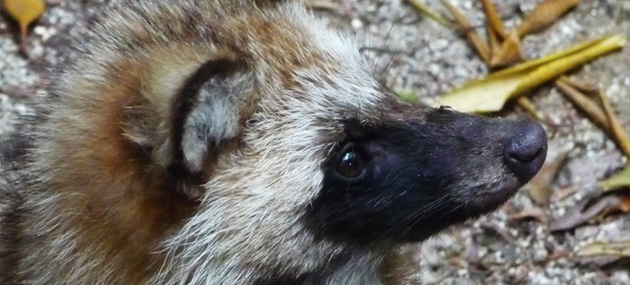Wild Watch
Alien killers revel in 'cute pet' role
Nov 22, 2001 As a family, cats have successfully colonized the Americas, Europe, Africa and Asia, with only Australia among the larger landmasses lacking native species. They range in size from the immense Siberian tiger to the diminutive black-footed cat of southern Africa, and take an equally diverse range of prey. Much of their success is perhaps due to thei...
Serendipity in Hokkaido's autumnal air
Oct 25, 2001 It was just a bridge, not even a special bridge. The Heiwa Bridge spans the eastern end of Lake Tofutsu in northeastern Hokkaido. To the north there is a narrow neck of wooded land and then the Okhotsk Sea. To the south lies more woodland, then great expanses of farmland. It was just a bridge, but suddenly I discovered it was also something of a fl...
Rare hybrids on evolution's way to where?
Oct 18, 2001 Humans like rules as a way of ordering the world into familiar and comfortable patterns. For naturalists, one of the basic rules is the concept of biological species, which forms the basis of modern biodiversity and conservation studies. ...
Marveling at mammalian masters of flight
Oct 4, 2001 I have dreamed of flying since childhood, and perhaps that is why I am obsessed with flying creatures. As ground-hugging humans, we readily identify with our fellow terrestrial mammals, assuming, easily enough, that being earthbound is a natural state for life on earth. But, think again. Even among the plants, the most obviously rooted species on E...
Giant umbellifer stalks northern Japan
Sep 20, 2001 Towering above the surrounding lush summer herb growth stands the hollow-stemmed monster known locally as Ezo nyuu and to botanists as Angelica ursina. These pearl-headed plants appear at the height of summer, a potent reminder that the longest days are past and that, despite the heat, autumn is not far around the corner. ...
Quitting the wandering life to settle down
Sep 6, 2001 Where waves crash across rocky shores there is a narrow region between the uppermost level covered at high tide and the lowest level exposed at low tide, the intertidal zone, that is prolific of life. Living there are seaweeds, shellfish, fish that prefer shallow water and can survive the varying temperatures of tidal pools, a scattering of shorebi...
Slow and steady wins the dispersal race
Aug 16, 2001 Humans have an anthropocentric tendency to look down on “cold-blooded” reptiles. We even use the term “cold-blooded” in a derogatory way to criticize people who seem somehow less than human. ...
Salt tolerance and life's dispersal derby
Aug 2, 2001 Salt is an interesting mineral. We all need it. It is crucial to the operation of the cells that make up our bodies. ...
Cracking the Coleridge conundrum
Jul 19, 2001 Snorting salt through the nostrils may seem a strange habit, but it must surely be healthy and can even be a crucial adaptation. After all, albatrosses do it and they can live for 50-70 years, an exceptional age among birds. ...

